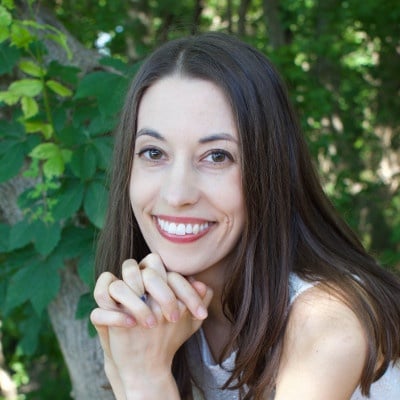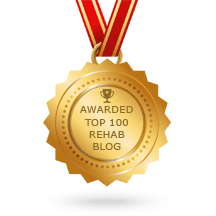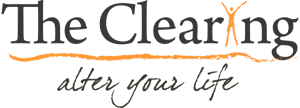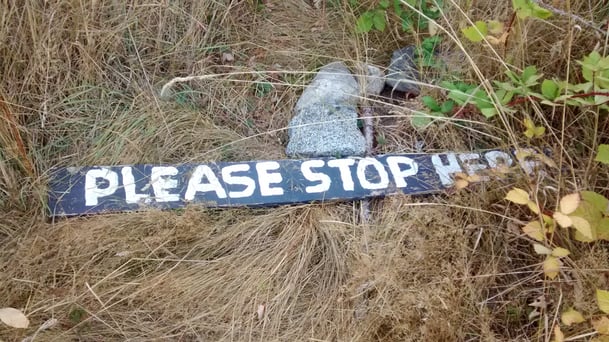
Once upon a time on the way to high school, I got into in a serious car accident. My car was totaled, and I was a mess too. While I waited for my parents to arrive at the scene, my hands wouldn’t stop shaking, and I couldn’t catch my breath.
When the initial shock wore off, my usual responsibilities started coming back to me. My third-period biology class was tough, and I couldn’t afford to miss a lesson and fall behind.
Though my parents tried to convince me to come home and rest, I wouldn’t hear of it. In my way of thinking, I’d already screwed up by getting into an accident, so missing school was out of the question.
Have you ever felt that way? Have you ever believed that you couldn't compound a mistake by taking time to recover?
Ever had something traumatic happen and then tried to get right back to your usual schedule, acting as though it didn't affect you?
A Different Form of Addiction
 You may think that addiction looks like using needles and taking pills, and often it does.
You may think that addiction looks like using needles and taking pills, and often it does.
But it can also look like a girl who refuses to rest, someone with relentlessly driven, “successful” behavior.
It's a different definition of addiction, sure, but it's no less real. In the end, all forms of addiction are about realizing:
I’m not running this anymore; this is running me.
As I shouldered my backpack and headed into school late that day many years ago, a part of me knew that. A small voice whispered,
Honey, you have a problem.
But when your problems look good on the surface, it’s hard to find the courage to change.
Life as the Golden Child
Years after that car accident, I was still working hard.
But I was coming to see that the cost of constant productivity was exhaustion on every level. As my energy waned, the voice within me became more insistent.
Honey, you need to take a look at this.
So I started reading about family systems.
I learned how people tend to assume familiar roles in the face of pain and dysfunction. Descriptions of the Golden Child role -- sometimes referred to as the Family Hero -- rang a bell for me.
The Golden Child Defined
In family systems theory, the Golden Child is the paragon of excellence, moving through life in a blaze of achievement.
The Golden Child is mature beyond his or her years, collecting accolades, good grades, and sports trophies.
He or she takes responsibility very, very seriously. If there’s a problem, the Golden Child tries to solve it by working hard.
But if you’re a Golden Child, then you know that stellar performance is one way of hiding in plain sight.
After all, if you’re taking care of all your responsibilities plus many of other people’s, few will look too closely.
The Crisis Hits
Fortunately, I had a few wise friends in my life who expressed concern. With their help, I started take a hard look at my patterns and working to heal them.
But then an unexpected blizzard hit my personal life, and I couldn’t just push through as usual.
One minute I had a good life. The next minute, I was on the receiving end of some very difficult news. Without going into detail, it was the worst emotional crisis of my life.
In the aftermath, I struggled with depression, anxiety, debilitating fatigue, and thoughts of self-harm.
Most days I managed to push through my responsibilities, but on other days I could barely get out bed. The crisis that toppled my life exposed roots of unhealed emotional wounds, and frankly, I wasn’t coping so well.
So I decided to do something radical: I told the truth.
During a session with my counselor, I said, “Do you know what my fantasy is lately? To go to rehab. That’s what I really want. I want to drop everything and go somewhere new. I want to work on my core issues. I want … ”
The lightning bolt of illumination hit: I want to go to The Clearing.
A Compelling Addiction Recovery Program
Since I’d been working as a blogger and copywriter for The Clearing since January 2016, I knew that their addiction recovery program offered dual diagnosis treatment (that is, treatment for a substance addiction combined with a mental health issue).
Their approach to addiction treatment focused on healing mental health conditions, which was exactly what I needed.
Plus, I loved the idea of spending 28 days learning about recovery. As a writer and speaker in the personal development sphere, that sounded like heaven to me.
So I took a risk and pitched the idea, since going through their addiction recovery program would empower me to write about it. Wonder of wonders, The Clearing’s generous CEO Joe Koelzer said yes.
Soon I was packing my bags for San Juan Island in Washington State to spend a month healing my core issues in the company of my fellow Participants.
The Clearing is located on 43 acres. It was the perfect place to get away and focus on my own healing.
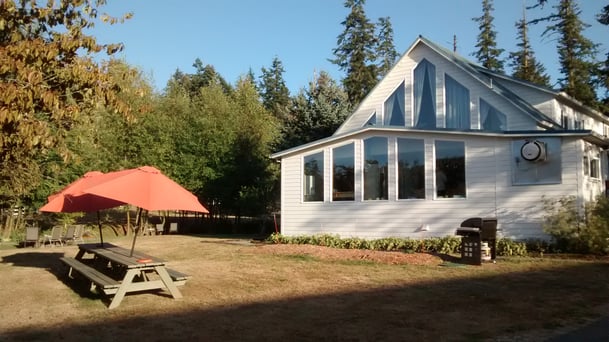
Different Coping Strategies for the Same Pain
On the surface, my life path looked somewhat different from that of the other Participants in the program. I’d never smoked, taken pills, or gone through detox. Instead I’d been the good girl, the Golden Child.
Yet I’d also been a perfectionist, a people-pleaser, someone who drove herself with harsh inner judgment and shame. These issues had been my companions for years.
In one of our daily workshop sessions, Joe drew a diagram that I’ll never forget.
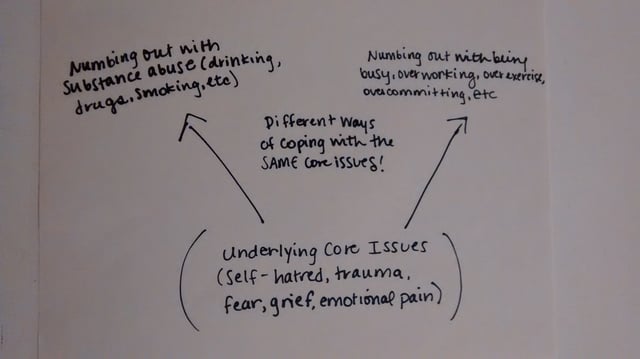
In the center he placed the issues that had plagued my life and the lives of my fellow Participants:
- self-hatred,
- fear,
- emotional pain.
Then he drew two arrows extending out from that center.
The first arrow pointed toward substance use: drinking, drugging, and numbing out with chemicals.
The second arrow pointed toward more socially acceptable behaviors: overworking, over-committing, and numbing out through frantic busyness.
All at once, I understood: I really do belong here. We may cope with our issues in different ways, but we are all dealing with the same stuff!
The Power of a Cohort-Based Addiction Recovery Program
Ironically enough, I went into my time at the estate thinking, “I’m here to work hard! I’m not here to make friends!”
Yet the experience of living with my fellow Participants was the highlight of the session. The Clearing has a cohort-based approach, which means that all Participants move through the entire program together.
The maximum group size is 10, and my group was composed of five people, three men and two women. Our ages ranged from mid-60's to late-20's, and while our life experiences differed we all shared a commitment to do the work of healing.
Though we each stayed in our own individual rooms within the same estate and had plenty of privacy, there was a great sense of camaraderie in our cohort.
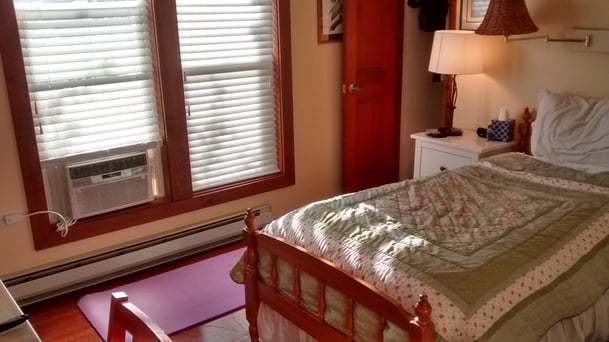
We shared our meals and went through our days as a group. From workshop to group therapy, from yoga to hiking, we spent a lot of time together.
That said, at first I kept mostly to myself. I was cautious and wary, assuming that the other Participants were “too cool” to want to be friends with me.
This was an old, familiar defense mechanism: Don’t put yourself out there, and you won’t be rejected. Act like you’re fine on your own; it’s safer that way.
So while I wanted to join my fellow Participants in hanging out during breaks and free time, at first I didn’t dare.
It was safer to retreat to my room, to my familiar pattern of productivity.
But soon the estate’s open, accepting environment got to me.
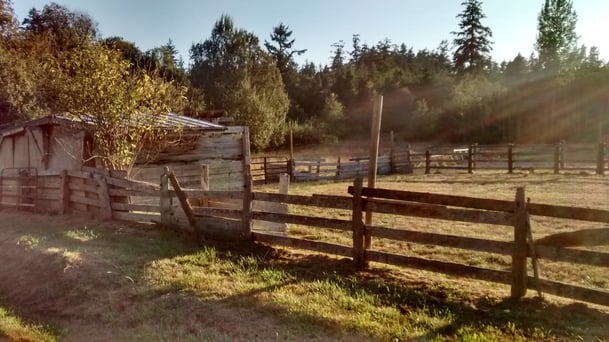
Since every member of the staff was so patient, so kind, so obviously loving, I couldn’t maintain my usual defenses. I started to feel my heart opening and connecting with the others on an emotional level.
The first time I cried during a group session, I was furiously embarrassed. Since I judged myself for being too emotional, I expected judgment from my peers as well.
Instead, I found only acceptance.
“I’m sorry I’m such a mess,” I said, swiping at my nose with a tissue. I hardly dared to meet their eyes, but when I did, all I saw was kindness.
“Caroline, don’t worry about it! You’re being really brave.”
“Hey, it’s okay. Cry all you want to here.”
“A mess? Well, we think you’re awesome.”
From that day on, I chose to believe that my fellow Participants were friends, and that decision changed everything.
A Community of Caring
During the day we worked together, supporting and challenging one another in facing our issues head-on.
Watching my new friends complete their counseling exercises made me want to stand up and cheer.
Witnessing their emotional work inspired me to dive headfirst into my own.
Soon I wondered how I’d gotten through the day without these people by my side.
But it wasn’t all work and no play; at night we broke out the board games and movies. We sang karaoke and laughed until our stomachs ached.
As the days passed, I started to feel a real difference in my thoughts and my emotions. I stopped pushing so hard to achieve and practiced being kind to myself. I began to relax and feel on a visceral level that I was safe, accepted, and loved.
In an unguarded moment, I summed up the Program this way: “It’s really cool. We’re all learning how not to hate ourselves anymore.”
A Life-Changing Experience
On the last night of our 28 days together, I looked at the faces of the people around me, the strangers who had become true friends.
I thought about the twists and turns that had brought me there.
When I had a chance to speak, I said,
“This year, I went through a really hard time. It was awful, and I never would have chosen it. But I also know that it was the catalyst that helped to get me here. And if that was the price of admission - if that was what I had to pay to learn how to open my heart - then I would pay it again.”
In the end, I was thankful for every single thing that had led me to the estate.
And that’s my wish for you, dear reader.
I hope that someday you find yourself counting your blessings as you look up at the stars in the sky above San Juan Island. I hope that you sit at a bonfire, surrounded by beloved friends.
And I hope that you feel your old Golden Child identity melting down and transforming into something new.
If you think that you or someone you know might need dual diagnosis treatment, check out our helpful eBook, Dual Diagnosis: Healing the Root Causes of Addiction.
Download Dual Diagnosis Free EBook

